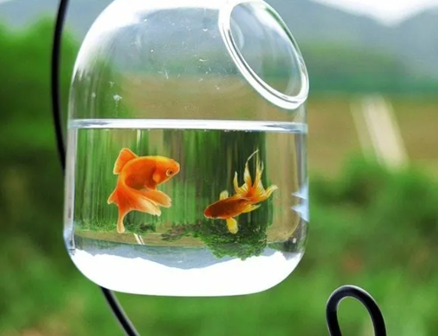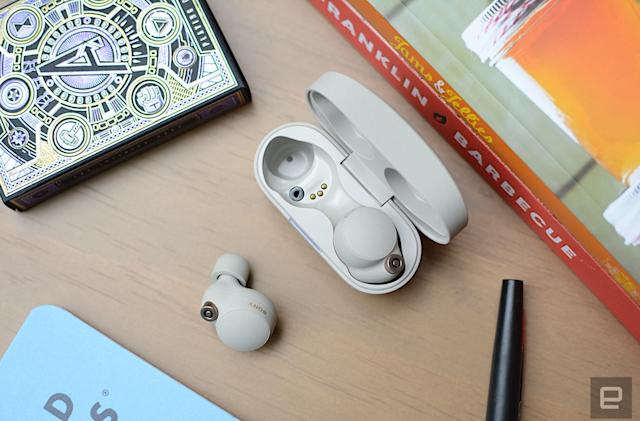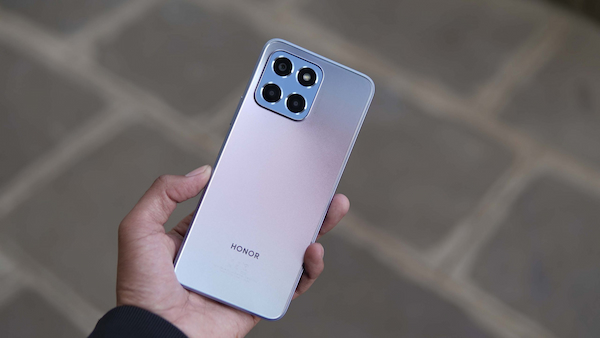How Long Should Aquarium Lights Be On Daily?
Aquarium lighting plays a crucial role in sustaining the health and happiness of your aquatic inhabitants. Proper light exposure is vital for maintaining an aquatic environment that supports both plant growth and fish wellbeing. A common question among aquarium owners is, "how long should aquarium lights be on?" Determining the optimal duration for your aquarium lights can be challenging without the right information. In this guide, we’ll break down the factors you should consider when establishing your aquarium’s lighting schedule, and provide practical recommendations for different types of tanks to ensure a thriving underwater ecosystem.
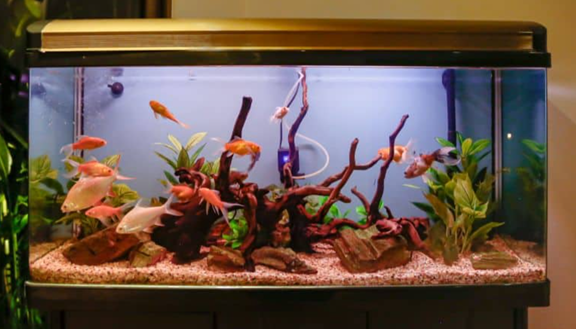
Why Aquarium Lighting Duration Matters
Impact on Fish Health and Behavior
Every species of fish has unique lighting needs that affect their health and daily routines. Too much light can stress certain fish, making them more prone to disease. Conversely, insufficient lighting may disrupt their sleep cycles and feeding patterns. Striking the right balance is key to promoting natural behaviors and a stress-free environment for your fish.
Effects on Plant Growth and Algae Control
Light is a fundamental component of photosynthesis, making it essential for planted aquariums. Proper lighting promotes healthy plant growth, providing shelter and food for aquatic life. However, excessive light encourages algae blooms, which can suffocate plants and cloud the water. Monitoring and adjusting the duration of your light exposure helps maintain vibrant plant life while keeping algae at bay.
How Long Should Aquarium Lights Be On Daily?
Recommended Light Duration for Freshwater Tanks
For freshwater tanks with fish-only setups, a consistent lighting period of 8-10 hours a day is generally recommended. This duration mimics natural daylight cycles, aiding in behavioral and physiological health maintenance. Overexposure can lead to unwanted algae growth, so it’s crucial to maintain strict timing.
Ideal Lighting for Planted Aquariums
Planted aquariums require a little more care. Typically, 10-12 hours of light per day is ideal to ensure that the plants receive sufficient light for photosynthesis without surpassing the threshold that promotes algae proliferation. Using a timer ensures regularity and consistency in the lighting schedule.
Lighting Guidelines for Saltwater Tanks
Saltwater tanks, especially those with corals and reef setups, need more intense lighting to simulate tropical sun conditions. Usually, 9-12 hours of light daily fits well with most saltwater setups. It’s essential to account for different photoperiods within this range to balance coral health and prevent excessive algae.
Step-by-Step: Setting Up Your Aquarium Lighting Schedule
Choosing the Right Timer and Equipment
Investing in a high-quality timer is one of the simplest ways to manage the lighting schedule. An automatic timer ensures that your aquarium lights turn on and off at the same time daily, eliminating human error and maintaining consistency.
Customizing Light Duration by Tank Type
Customizing the light duration to fit the specific needs of your tank type is key. For instance, a freshwater tank might need 8-10 hours of light, while a planted tank may need up to 12 hours. Always consider the inhabitants before setting up the schedule.
Adjusting for Seasonal and Natural Light Changes
Be mindful of seasonal changes that might affect natural light entering your aquarium room. Adjust your artificial lighting to complement or counteract these changes, keeping the artificial and natural light exposure within the required duration.
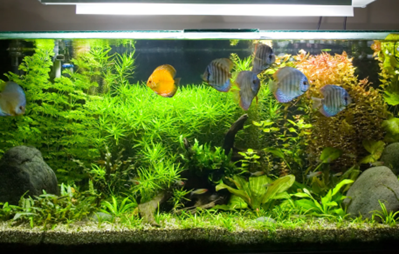
Common Mistakes and How to Avoid Them
Overexposure and Algae Blooms
Overexposure to light is a common mistake, leading to algae overgrowth and potential harm to both plants and fish. To avoid this, stick to the recommended lighting durations and use timers to regulate exposure precisely.
Inconsistent Lighting Routines
Inconsistent lighting can disrupt the natural rhythms of your fish and plants. Always use a reliable timer and regularly check to make sure it functions correctly to avoid fluctuations in your tank’s environment.
Conclusion
An appropriate lighting schedule is essential for a healthy and thriving aquarium. Understanding how long should aquarium lights be on is key to maintaining this balance. By adhering to the recommended light durations and using timers, you can ensure that your fish and plants get the right amount of light each day. Understanding and implementing these guidelines will help you create a balanced and beautiful underwater world.
FAQ
Can I leave aquarium lights on 24/7?
No, aquarium lights should not be left on 24/7. Continuous lighting can stress fish and plants, leading to health issues and algae blooms.
Do aquarium lights need to be off at night?
Yes, lights should be off at night to mimic natural day-night cycles, allowing fish to rest and plants to respire.
How do I know if my fish are getting too much light?
Signs of too much light include increased algae growth, stressed or lethargic fish, and erratic swimming patterns. Adjust light exposure if these symptoms appear.By understanding the importance of lighting duration and implementing the right schedule, you can ensure a healthy, thriving aquarium ecosystem.
Latest: Why Won’t My Gmail Contacts Sync to Huawei? Common Solutions
Next: How to Clean Aquarium Filter Without Harming Beneficial Bacteria

